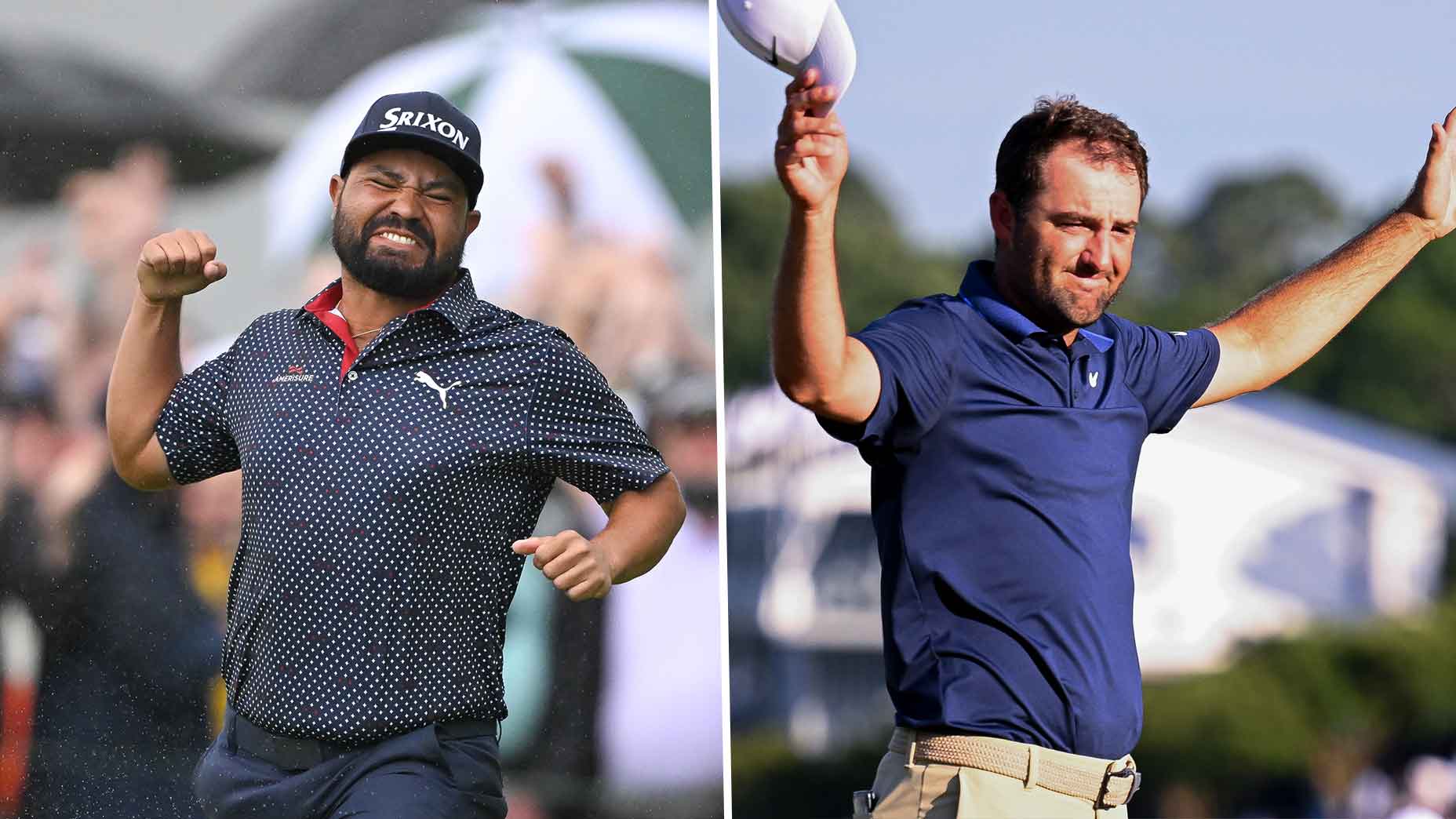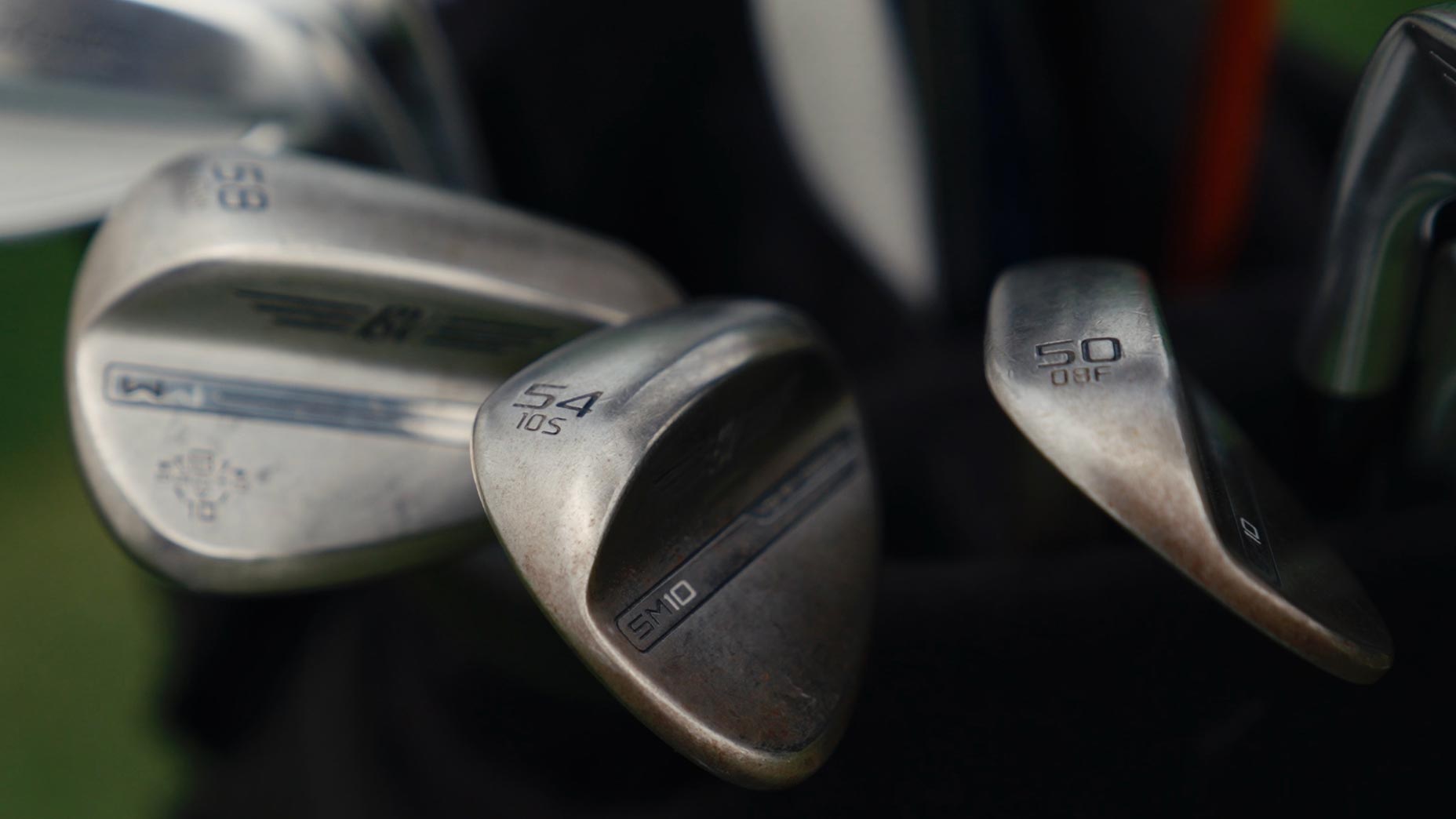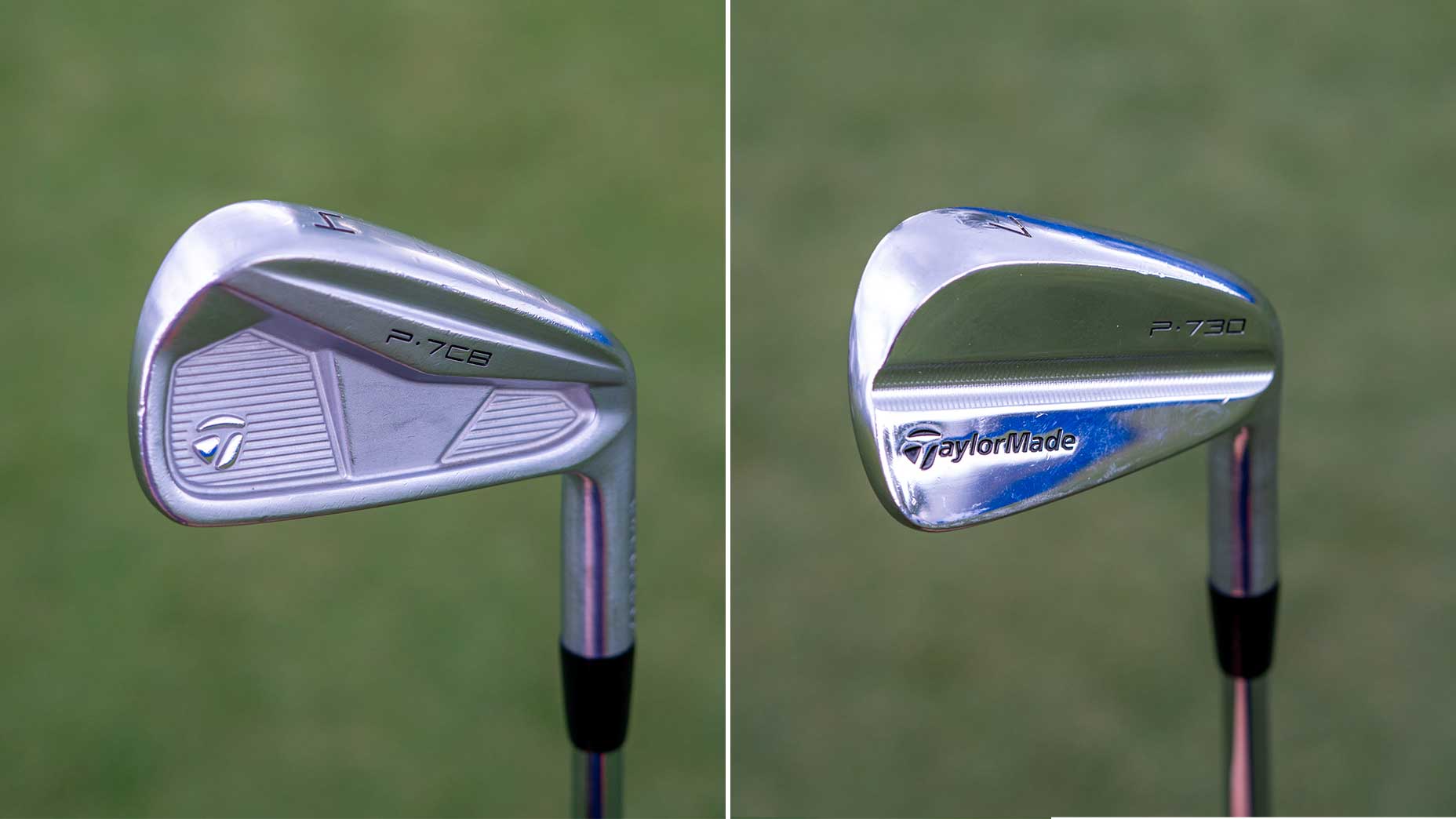Picture this: a golfer is playing a practice round for a tournament when he or she slices a ball just barely into the edge of a penalty area.
Knowing it’s a practice round, he pays no bother and smashes a second ball down the middle of the fairway. With a new ball play, he elects not to search for his first tee shot.
The next day, in the actual tournament round, the golfer makes the same loose swing on that hole again, with his ball finding the same penalty area, in roughly the same spot.
This time he ventures in to look for his ball and finds two balls with virtually identical markings. Both are his, but he has no way to definitively identify which is which.
It might sound far-fetched, but it’s actually a scenario for which recent Tour winner Nick Hardy and his coach from the University of Illinois, Mike Small, prepare.
Check out this video below where Hardy explains why he marks his ball differently in practice rounds versus competitive rounds.
One way to make sure you don’t accidentally play the wrong ball?@NickHardy8 has the answer.
— Titleist (@Titleist) April 25, 2023
See how the @Zurich_Classic champion marks his #ProV1x for both practice rounds and for competition.#1ballingolf pic.twitter.com/xPzxiRt6fh
In the video, Hardy explains that Small would tell him to mark balls differently in the pro-am than in the tournament so “you won’t be putting yourself at risk of playing the wrong ball during a tournament.“
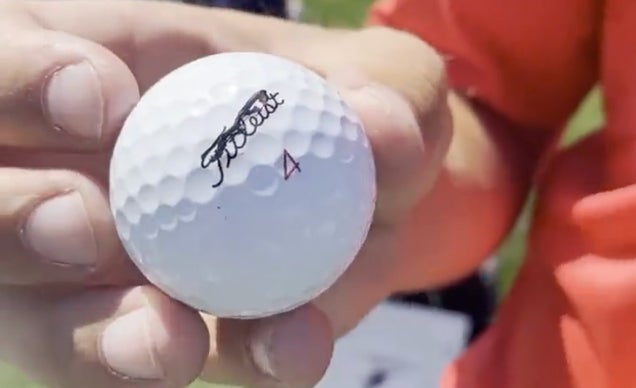
“This is the practice round ball,” Hardy said, showing his Pro V1x. “I kinda X out the ‘Titleist’ a little bit in black, just so I know if I lose, it doesn’t really matter and I’m not at risk of playing the wrong ball.
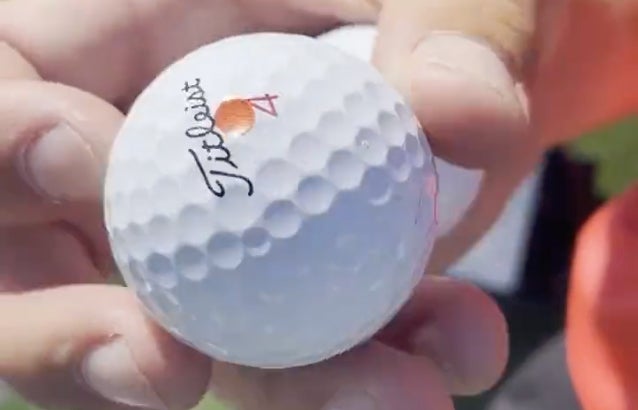
“I mark [my tournament ball] with an orange dot,” Hardy added, showing a different ball, “I always have because I went to Illinois and that’s our color. I feel like it’s a pretty smart thing to do.”
Not only could Hardy unknowingly be at risk for playing the wrong ball, but if he were to find both balls and they were marked the same, per Rule 7.2 and Clarification 18.2a(1)/3, his ball would be deemed lost because he wouldn’t able to identify it within three minutes. He would then have to go back, drop and re-hit the previous shot under the stroke-and-distance penalty.
And if Hardy found the ball from the day before, played it, then kept walking only to discover his actual ball? He would be subject to rule 6.3c(1) and a two-stroke penalty for playing the wrong ball.
But because of Hardy’s clever marking hack, he should never have any issue in telling which ball is which.
Having balls with two different marks is also helpful when you play provisionals. With two balls in play, unique markings will ensure there is no confusion.




